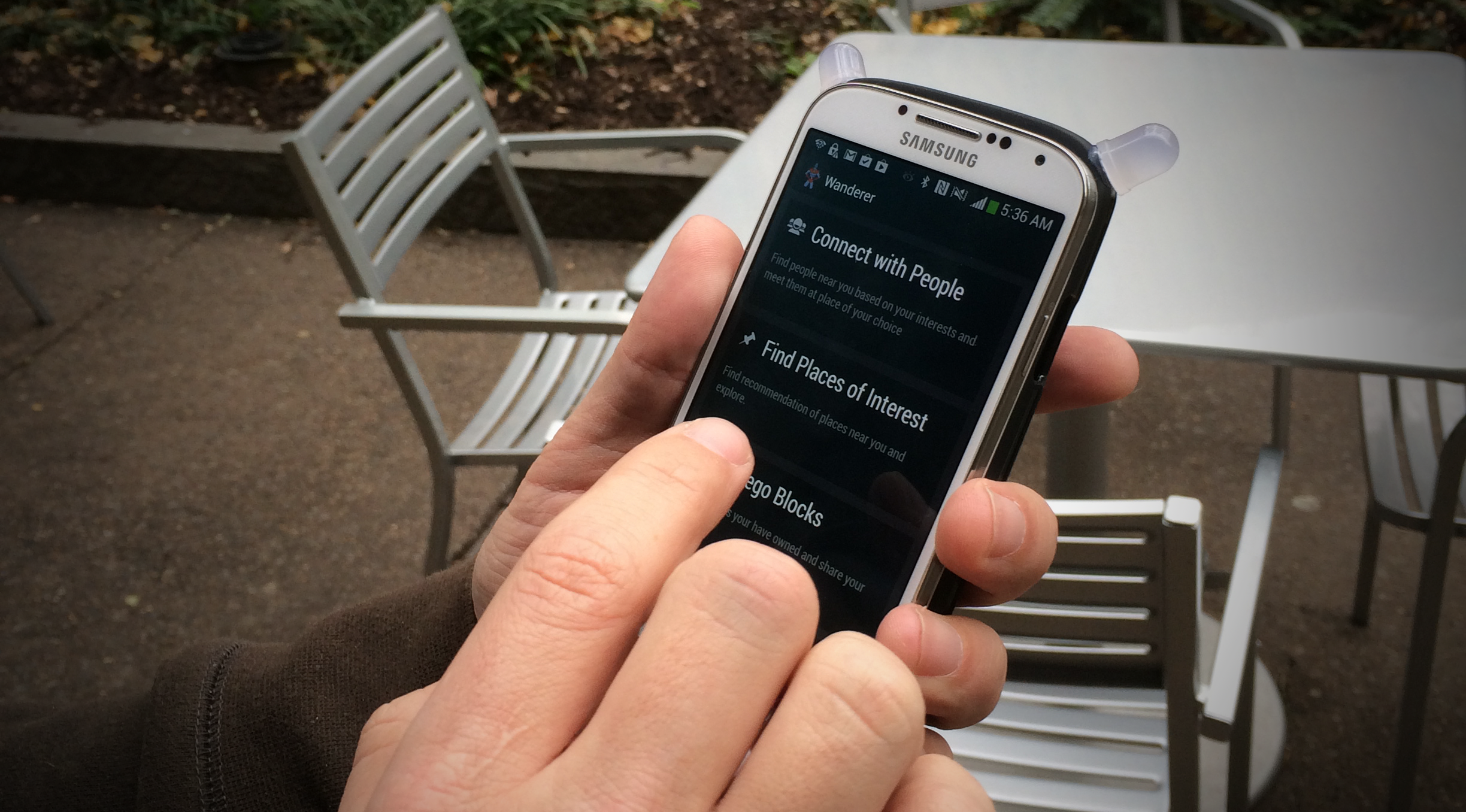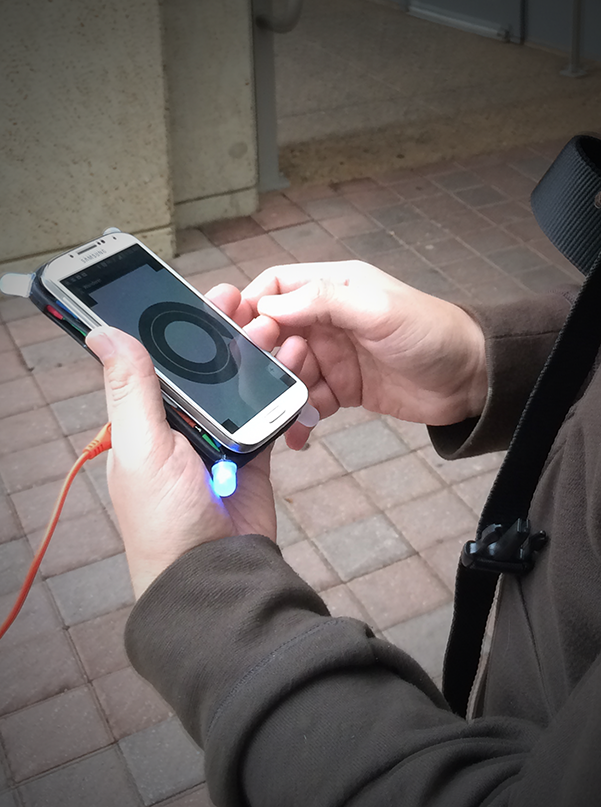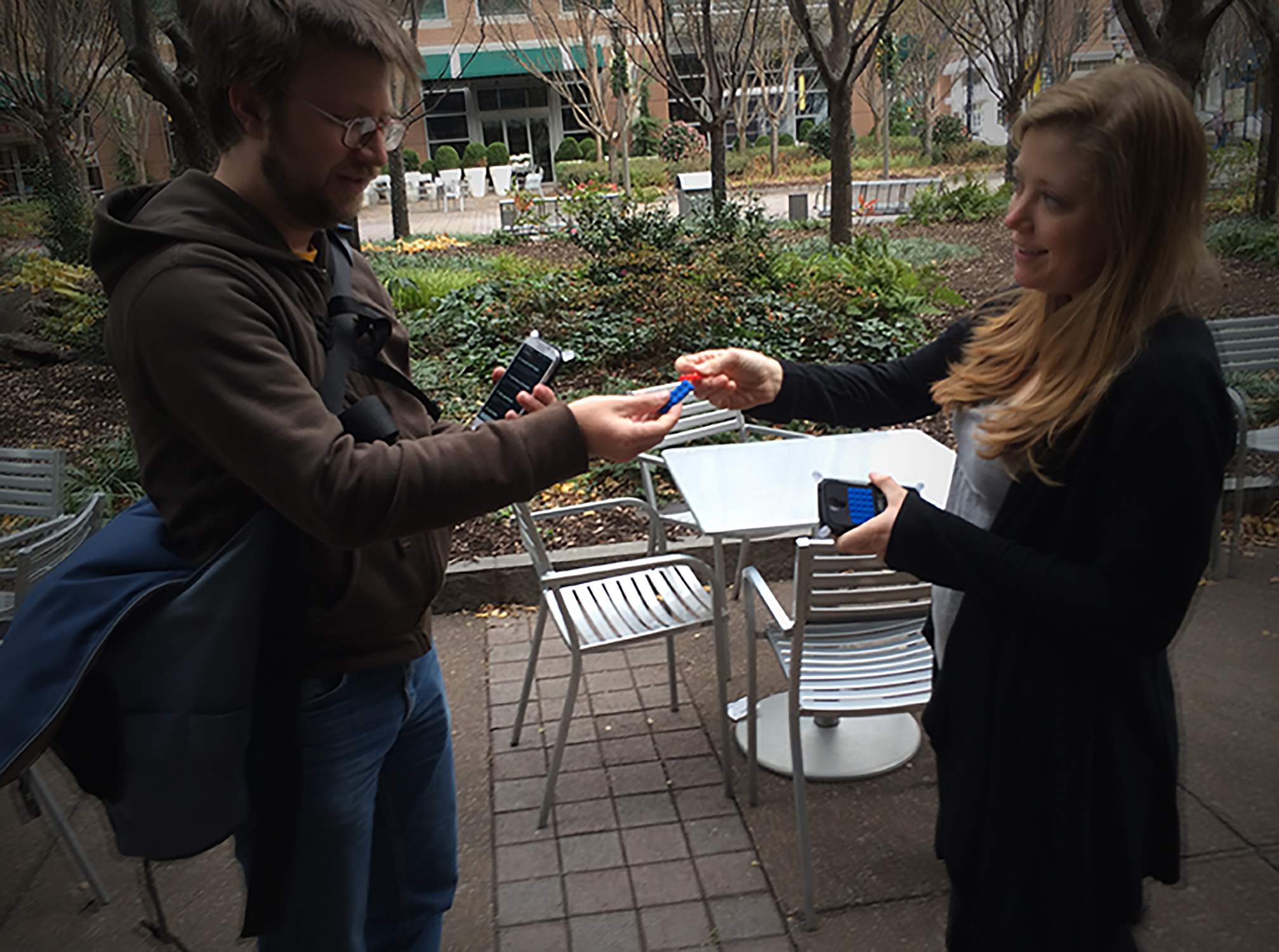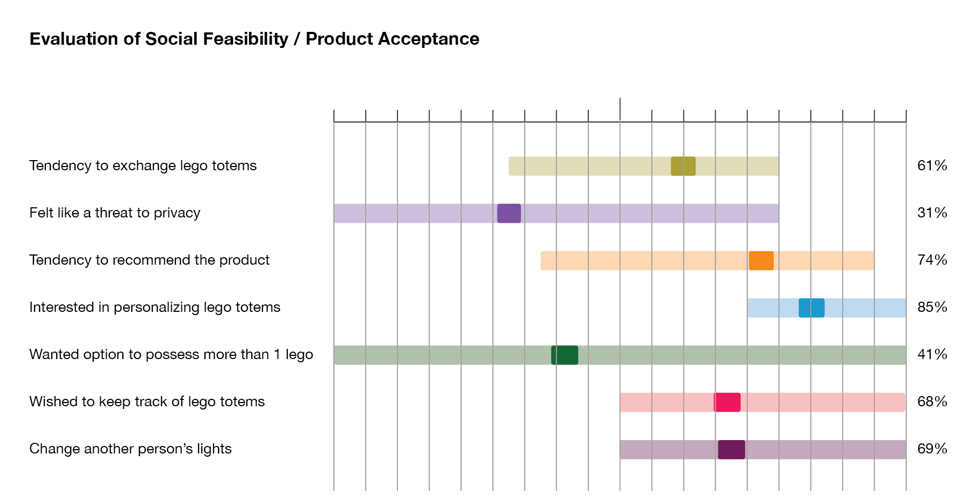Situational and Contextually-Aware Discovery through Person to Person Mobile & Tangible Interactions

Problem
Within the past couple decades, particularly within the United States, populations have shifted from being extremely rural to being urbanized.* This unfamiliar and transient nature of our society often leaves a person experiencing a wide range of emotions as they move from one place to the next. As a greenhorn acquires information regarding their new surroundings and develops a routine rich in comfortable locations and experiences this turmoil subsides, but little innate guidance is provided for a new resident to cope with this highly personal process. Coarse knowledge of the culture of a neighborhood does not provide an easy introduction to the places or people within it. As a result, our problem space explores methods to address these issues post-relocation by considering the emotional, spatial, and social aspects associated with it.
*Lambert, Lisa. “More Americans Move to Cities in past Decade-Census.” Reuters. Thomson Reuters, 24 Mar. 0026. Web. 06 Oct. 2013.
System Prototype
The prototype developed can be broken into multiple segments with multiple phases. Our prototype focused on connecting people based on matching their interests and having them meet at a place in the neighborhood.
We explored two assist systems that help the users meet at a target place. One version is a customized map on the mobile screen that tells the user which direction he or she should be headed to. The other variant uses lights attached to the corners of the mobile case to guide the user to his target location, while doubly serving as a demonstrative signal to other users they wish to meet. A final feature of the case is its “Lego” capability. Taking a cue from our concept feedback regarding the exchange of physical items, we have embedded small NFC tags within Lego bricks. Attaching these bricks to our Android prototype registers a unique identifier associated with the user, which in an extended version of this platform could be used to track the general whereabouts of the brick as it has passed from person to person.
Project Details
Course CS6750 Human Computer Interaction
Date December 2014
Skills Questionnaires, Concepting, Prototyping, Qualitative and Quantitative Evaluation
Role UX lead, physical prototyping, qualitative studies on a 3 person team

Concepts
New arrivals may hear about an interesting neighborhood in the community, but where do they go once they arrive? Our team proposed three solutions that engaged a person to safely wander by highlighting dangerous areas, tag new spots and offering personal destinations for others within a new community, and connect to new people by exchanging location-aware totems that notify the user when other such totems are in the vicinity.
The Mobile Application
The mobile application suggests people for you to meet based on social network preferences and selects a place from the options available between you and your chosen partner. The app consists of an assisted navigation system which has an overlaid compass on a typical map expected to get the user to meet their partner. Lastly, the app includes a story map of your exchangeable NFC lego-totem block, describing the places it has been to and snippets of the story from each of the places.



The Interactive Phone Case
The second part is the custom-built illuminated phone case coupled to the mobile phone using an Arduino Bluetooth module. The phone case has an LED at each of its corners and a region on its surface to fit the legos. The lego blocks can be attached and detached from the back of the case to exchange with whomever you meet. The lights illuminate to indicate direction and vicinity of the partner and also notifies user if he or she steps into a dangerous zone in the neighborhood.
Evaluation of the System
Participants
Interviewed 7 participants with varying levels of having moved to a new city. Five have moved to a new city within the last 6 months, one had moved to a new city without strong social ties within the last 3 years, and the last participant had moved to a new city without strong social ties within the last 10 years.
Evaluation Plan
There are three sections of the prototype that we wish to evaluate as a part of this phase. The mobile interface and the user-experience, the applicability and the usability of the assisted navigation system, and the social aspects of exchanging the lego blocks.



